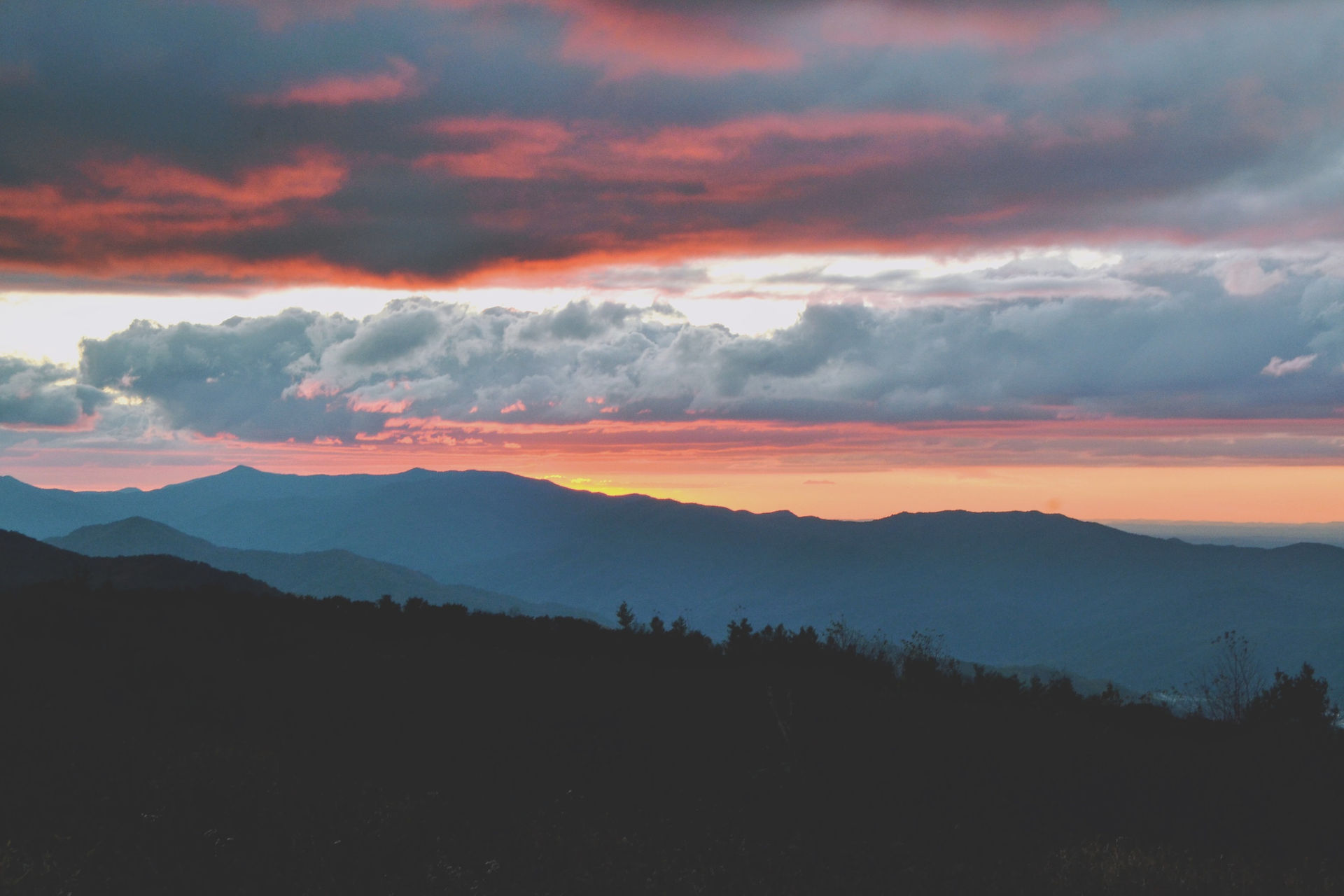The importance of art and Appalachian history
- Chandler Bradley
- Nov 18, 2021
- 3 min read
The Appalachia region is home to many animals that thrive in the seclusion of the mountains and forests that reside throughout the area. To be inspired to photograph and share the art of nature in Appalachia with others is a goal many may have, and this sentiment is shared by Michael Anthony Fowler, Ph.D.
Fowler is a professor at East Tennessee State University and has studied to be an art historian; however, he does photography on the side. During the COVID-19 outbreak, Fowler took a keen interest in photographing birds. This was a gradual hobby, Fowler explains, as the area he was from before his initial move to Appalachia did not have many forested areas.
“They didn’t really become an interest of mine until the pandemic set in,” said Fowler. “Being ‘cooped up,’ to use a bird metaphor, in the home during the pandemic when we were all social distancing—I needed something; a creative outlet that would give me something productive to do around the house. There was something about the birds' inhabitations, their freedom to migrate and move around; and do all the sorts of things we weren`t allowed to do.”
Fowler describes the major difficulty that comes with having birds as individual subjects. They are such wild and free subject matters, so investing in better camera equipment and understanding that you will not always have the best set of pictures after a session is the ultimate reality when it comes to bird watching photography.
Birds are the first animals that Fowler has attentively photographed; before, most of his photography had been centered around his work as an art historian. Fowler`s craft in photography started years before this, all the way back in his junior year of high school. He started with film photography, which gradually evolved into digital photography in his college years. All this, compiled with his experience as an art historian, helps him identify how and why images will be interesting to the viewer.
“The same concepts on how to compose a photograph and how to make it balanced in light and color; all of these things applied equally whether I was documenting something or making art,” said Fowler. “When it came around to the pandemic and photographing birds, I was just drawing upon the same principles of photography in composing photographic images.”
Aside from Fowler`s skill that creates his lifelike photography, he talks about how the Appalachia region assists him in progressing his creativity.
“There is just a lot that this region has to offer," said Fowler. “It is also extremely diverse ecologically. In terms of habitats, we have mountains, we have valleys, various kinds and forms of bodies of water. Appalachia is naturally a splendor and it`s really a bountiful landscape. And that has also been one of the struggles Appalachia has dealt with in history, because it has so many natural minerals.”
Fowler, as an art history professor at East Tennessee State University, teaches students about the history of Appalachia. The seminar class he taught last spring, “Art in Appalachia,” delved into the correlation of art and history. Some of his work in the class included mentoring students that participated in a show at William King Museum in Abingdon, Virginia. The show theme was: “What is Appalachia?”

“What students were tasked with doing was, yes, bring a personal perspective to the question ‘what Appalachia is,’ but also showing familiarity with art, architecture, literature and history. I had intentionally created a syllabus where we began the history of Appalachia before Europeans even arrived. To remind us that this region has native, indigenous people that have lived in this region. We looked at their art and their culture prior to settlers. Then we looked at contemporary day, and of course looked at the diverse groups of people with their own subcultures and forms of art through time. We could really look at this rich mosaic that is Appalachia,” said Fowler.
His students’ work varied in multiple forms of art such as fibers, textiles, sculptures, watercolors and ceramics. Fowler talks about how diversity is communicated through all his students’ artwork, and how it is compatible with the diversity of Appalachia. Peyton Rice, a previous student of Fowler, also notices the pride Fowler has for his work.
“Dr. Fowler is a wonderful professor to learn from and work with,” said Rice. “As a professor, Dr. Fowler is extremely knowledgeable about every topic he teaches, and it is very apparent that he is passionate about his work. He loves his work and wants to share it with his students.”

Comments